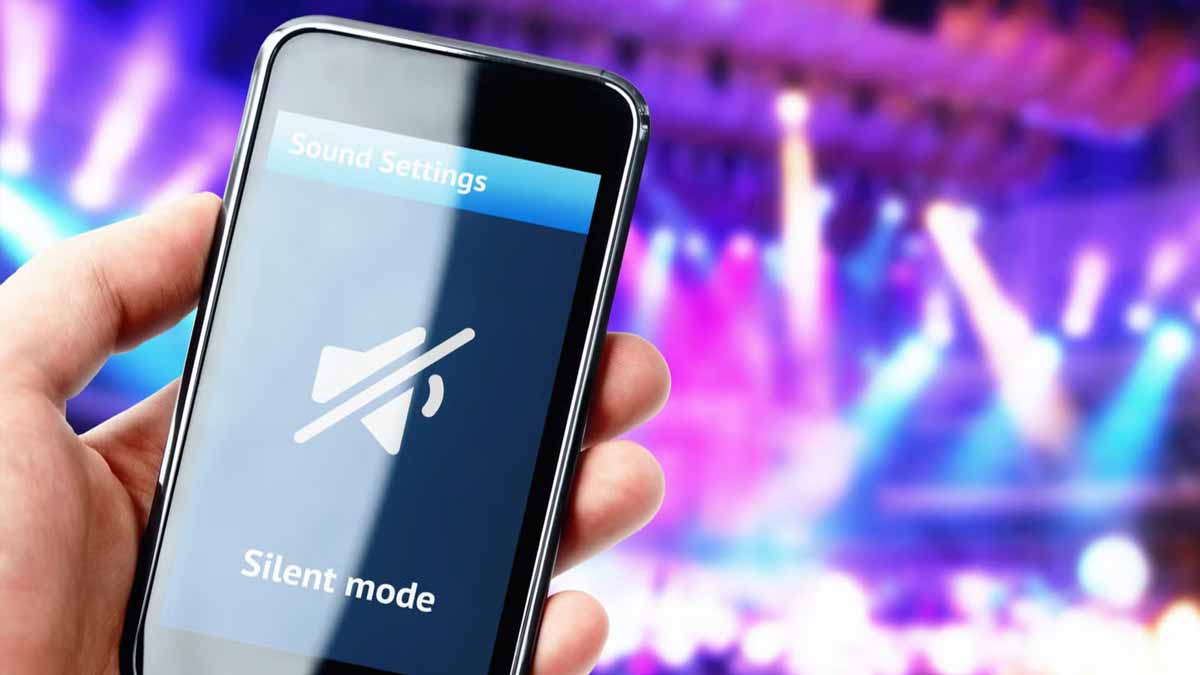Silence on a phone is never neutral; it signals priorities, habits, and focus. Behind that simple switch, recurring psychological traits often appear: self-control, respect for boundaries, and a taste for deep work. The result is calmer days and clearer thinking, which matters when attention is scarce. With fewer pings, people choose when to engage, so they protect energy, reduce stress, and keep space for what truly counts.
Boundaries, focus, and psychological traits behind the silent-mode habit
A quiet phone protects cognitive bandwidth. Research led by Adrian Ward at the University of Texas shows that a smartphone within reach, even powered down, can drain mental capacity. The effect is small in a moment yet large across a day, so people who mute their devices often keep them out of sight as well. That choice sets expectations, reduces pressure to answer instantly, and turns availability into a conscious decision tied to purpose.
Interruptions steal more than seconds, because attention needs time to recover. Studies estimate 23 minutes and 15 seconds to regain full focus after a disruption, which is why silent-mode users cluster replies into tight windows. That habit preserves continuity in creative and analytical tasks. It also reframes responsiveness as planned rather than reflexive, so colleagues learn to text first and then wait. Courtesy grows, because silence functions like a polite gate instead of a wall.
These patterns reflect enduring psychological traits such as autonomy and self-regulation. People who default to silent often value a steady workspace, so they reduce triggers in advance rather than relying on willpower later. The phone still handles emergencies, which keeps mobility intact, yet the day loses its jittery soundtrack. Over weeks, small gains compound. Minutes saved become hours returned to projects, reading, or conversation that would otherwise fracture under a sudden ping.
Mindfulness, stress, and psychological traits that silence strengthens
Evidence from Kyung Hee University links quiet phones to calmer minds at work. In a randomized trial with 114 office workers, participants used a four-week mindfulness app, InMind, while a control group delayed participation. Researchers measured burnout, perceived stress, engagement, mindfulness, and vitality at baseline, at four weeks, and again at eight weeks. Results showed reduced stress and sharper focus, especially when participants adopted lifestyle shifts that included silencing notifications.
Clinicians often start attention-training by removing external cues, which a silent setting accomplishes before meditation begins. Without pings, the phone stops tugging for micro-rewards, so people can choose a breathing exercise rather than a reflexive swipe. The nervous system benefits as well. According to work summarized by Gloria Mark at the University of California, Irvine, distraction raises stress and lowers productivity; fewer alerts mean fewer unnecessary spikes in arousal across the day.
These results correspond with consistent mental characteristics like perseverance and current-moment consciousness. Because silence reduces the need to monitor, the mind trusts it will not miss what matters. Vitality rises as breaks become intentional and short. Engagement improves because attention is less fractured. Over time, the phone shifts from trigger to tool, which keeps the benefits of connection while trimming the costs. Coworkers notice what follows: people seem present, unhurried, and harder to rattle.
From FOMO to flow: small choices that make silence work
Silence can backfire without strategy. S. Shyam Sundar of Penn State has found that people sometimes check their devices more often on silent, especially when fear of missing out is high. Seasoned muters counter that loop with placement and design. They put the phone out of reach, disable lock-screen previews, and remove visual bait. Sound, sight, and distance then layer together like mental noise-canceling for work that needs long arcs of thought.
Conversation also changes when tones disappear. A ringtone can shatter the fragile thread in heartfelt talk, so quiet users stay with pauses and tone shifts that others miss. Trust grows when attention lands fully, which supports leadership and teamwork. Presence becomes a social signal that says, “I am here now,” so bonds deepen. That human dividend resists quantification, yet colleagues feel it because steady focus creates safety, and safety unlocks candor.
The same routine supports flow, the state where skill meets challenge and time thins. People who prize flow guard context, so they batch messages and let low-stakes chatter wait. Projects finish faster because starts are fewer and relaunches rare. These choices express learned psychological traits as well: awareness of triggers, comfort with delayed rewards, and a preference for depth over buzz. The phone keeps its place; attention keeps its edge.
Why protecting attention changes how work and life feel
Silencing a phone is a small ritual with outsized effects. It reflects values as much as tactics, because psychological traits like autonomy, patience, and self-knowledge drive the habit and the benefits. The data point one way: less noise, lower stress, and stronger engagement. Add a few practical moves—hide the device, trim previews, batch replies—and the day opens up. What remains is simple: attention spent by choice, not by chance.
